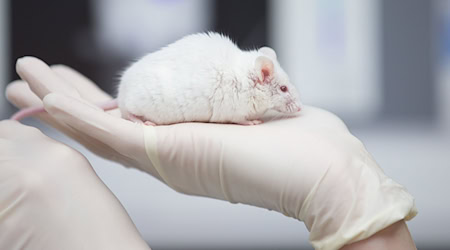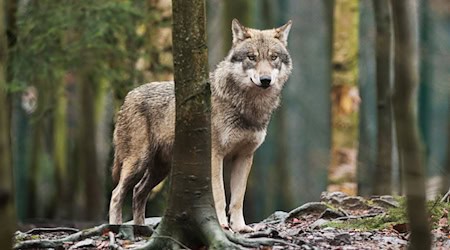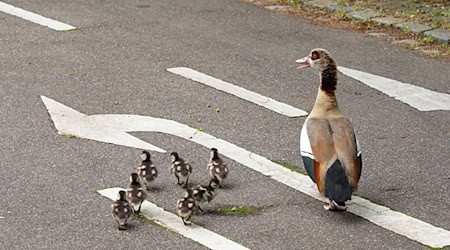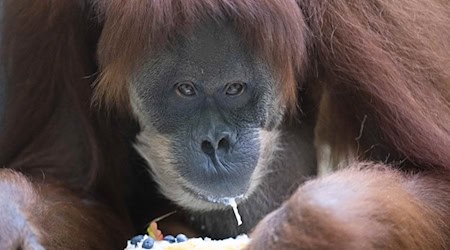The dangers for hedgehogs in Saxony are increasing. Nevertheless, its population in the state is not yet classified as endangered, said a spokesperson for the State Office for the Environment, Agriculture and Geology in a survey conducted by the German Press Agency. In the current Red List of Mammals of Saxony from 2015, it is classified as "endangered", while in the Red List of Germany (2020) it is on the "early warning list". The German Wildlife Foundation has named the brown-breasted hedgehog Animal of the Year 2024.
In Saxony, the hedgehog's distribution is documented to be almost nationwide, from the lowlands to the high altitudes of the Ore Mountains. It is not known how many hedgehogs live in Saxony. They prefer to live in settlements and their peripheral areas, gardens, hedges, bushes and green areas or sparse forests.
The decline in small, near-natural settlement areas, for example due to soil sealing, the use of insecticides, the loss of retreat areas and food are a serious threat to hedgehogs, according to the state office. Hedgehogs also suffer considerable losses due to road traffic, red foxes and dogs running loose. In recent years, robotic mowers have also become a threat. The drought of recent years has probably further worsened the food supply, they said.
"2023 was a bad year for hedgehogs," said Christel Jeske, Chairwoman of the Saxon State Animal Protection Association. The animals found fewer and fewer insects as food. Many of the animals brought to the stations were injured, weakened and sick. Many allotment gardeners leave mowing robots running at night when the animals are out and about. Low fences or sealed areas also make it difficult for them to find food. The younger animals in particular are unable to hibernate in the mild weather.
More than 1,270 injured or sick animals were brought to the Hedgehog Aid station in Radebeul by finders last year, and five more were added in the first few days of the new year. The Radebeul hedgehog rescue center on the city limits of Dresden is probably the largest hedgehog rescue center of its kind in Saxony. In 2022, 1056 hedgehogs were handed over to the hedgehog helpers and around 1700 in 2021. "This was the worst hedgehog year so far," said association director Karina Görner. Especially during the months of August to October, there are weeks in which up to 150 animals are found and brought to the station.
According to Görner, many of the hedgehogs have serious injuries that were inflicted on them by garden machinery such as mowing robots or motorized hedge trimmers. Around one in four to five hedgehogs can no longer be helped. "Some animals are also downright emaciated," said Görner.
Around 480 animals were handed in to the Stachelnasen association in Zwickau and Chemnitz last year. There are currently 68 in care. 31 of them are being nursed indoors. "They are still too small," said Angela Reif. "They should weigh around 650 grams before hibernation." In Zwickau and Chemnitz, too, many of the abandoned animals were severely cut by robotic mowers. Others had fallen into manholes or got caught in fences or even in the goal nets on the sports field.
Copyright 2024, dpa (www.dpa.de). All rights reserved










